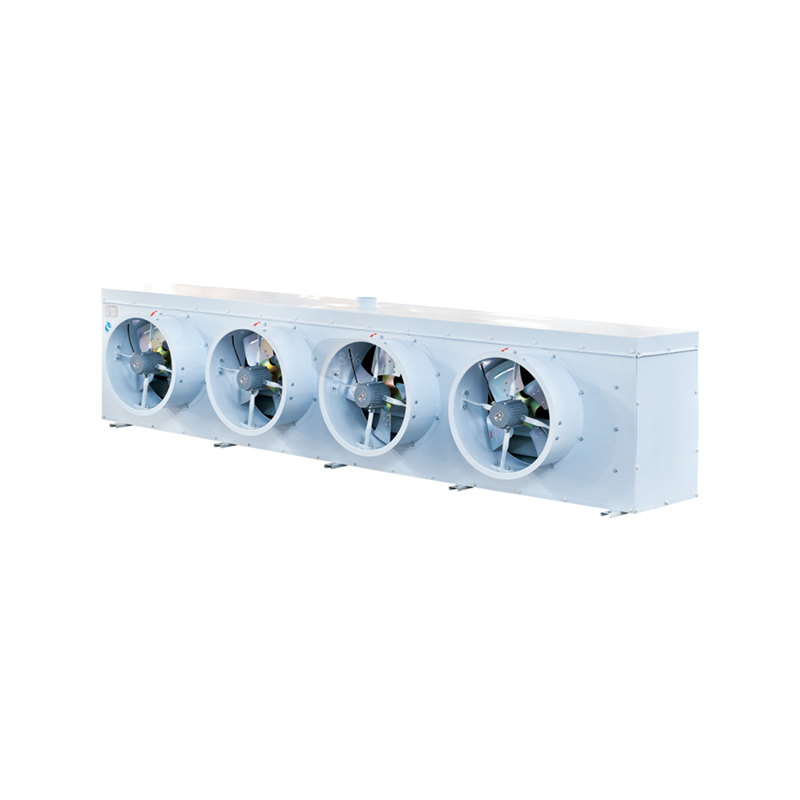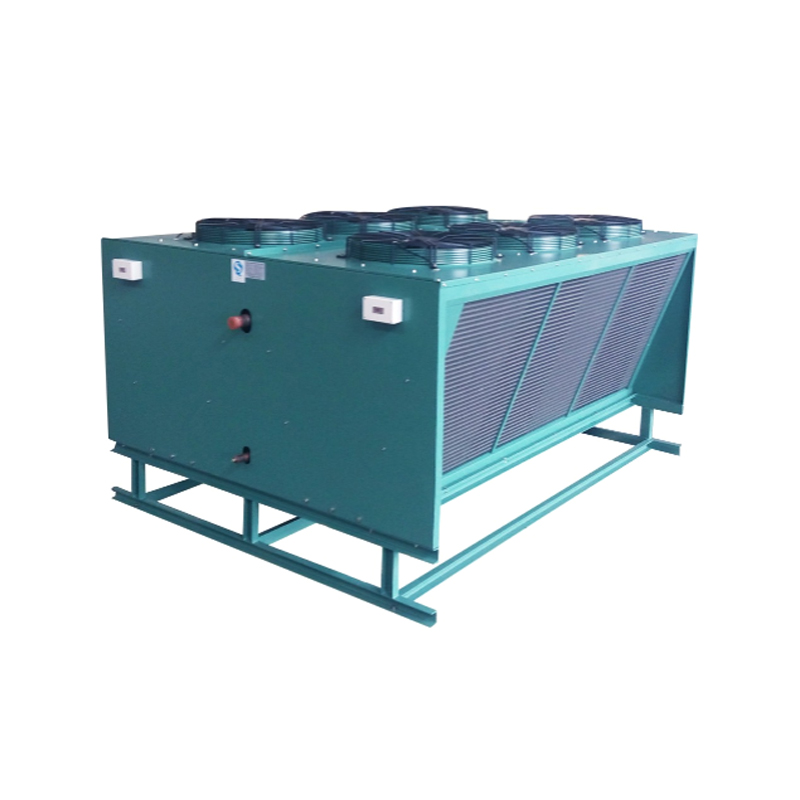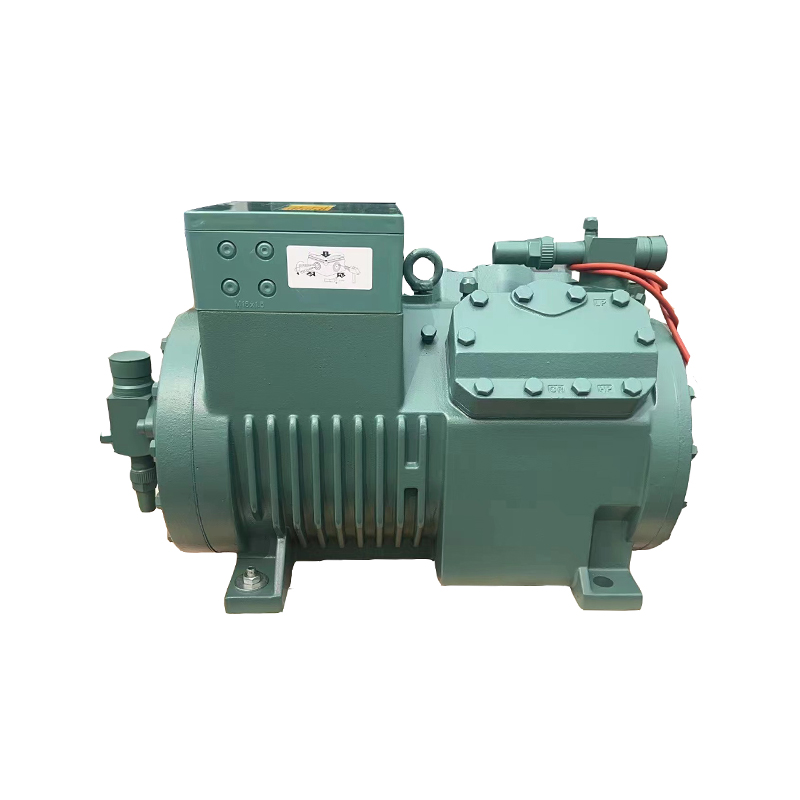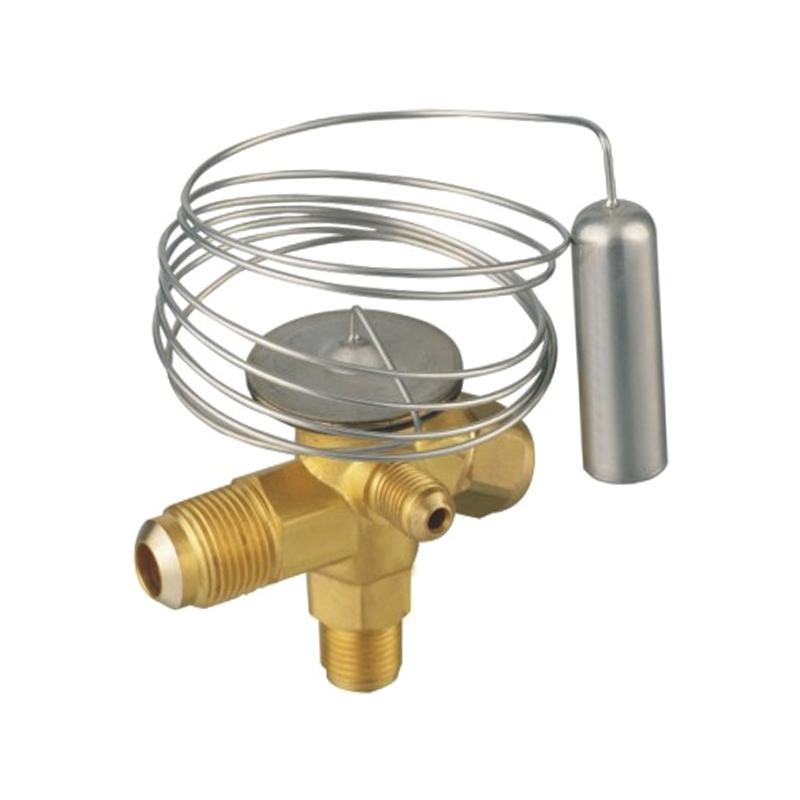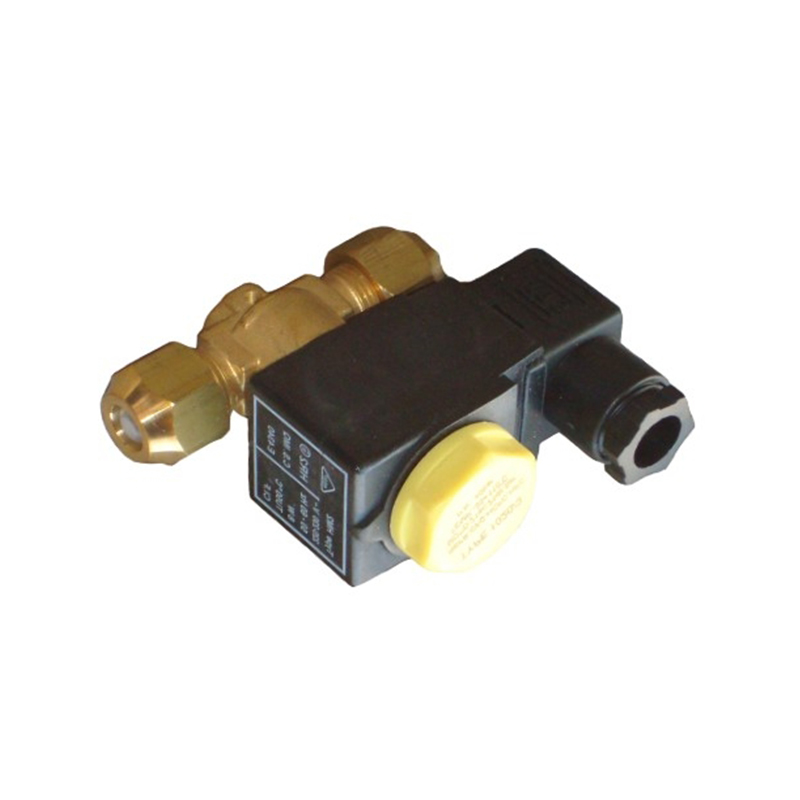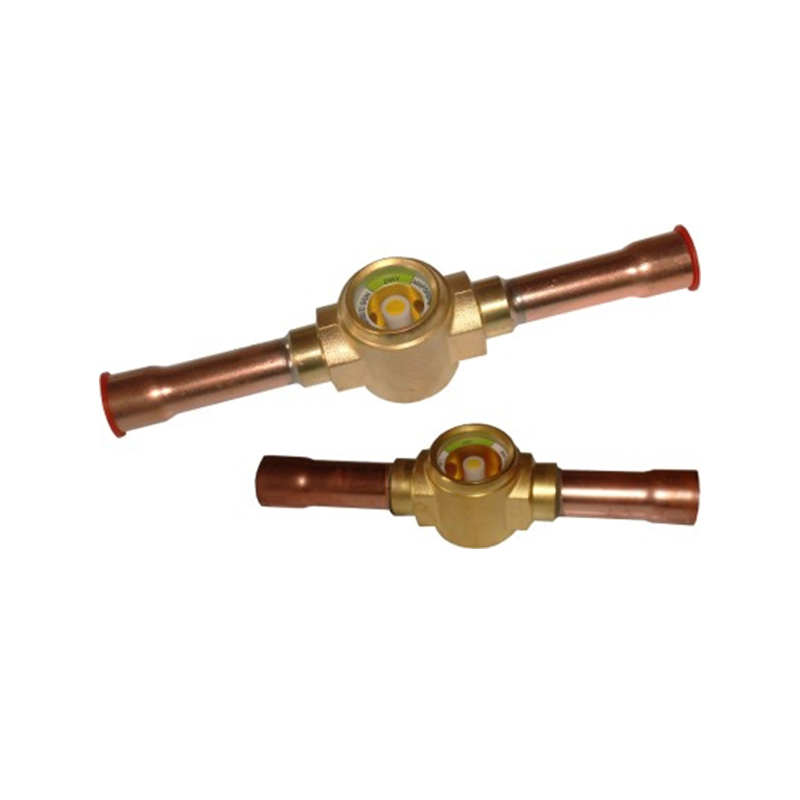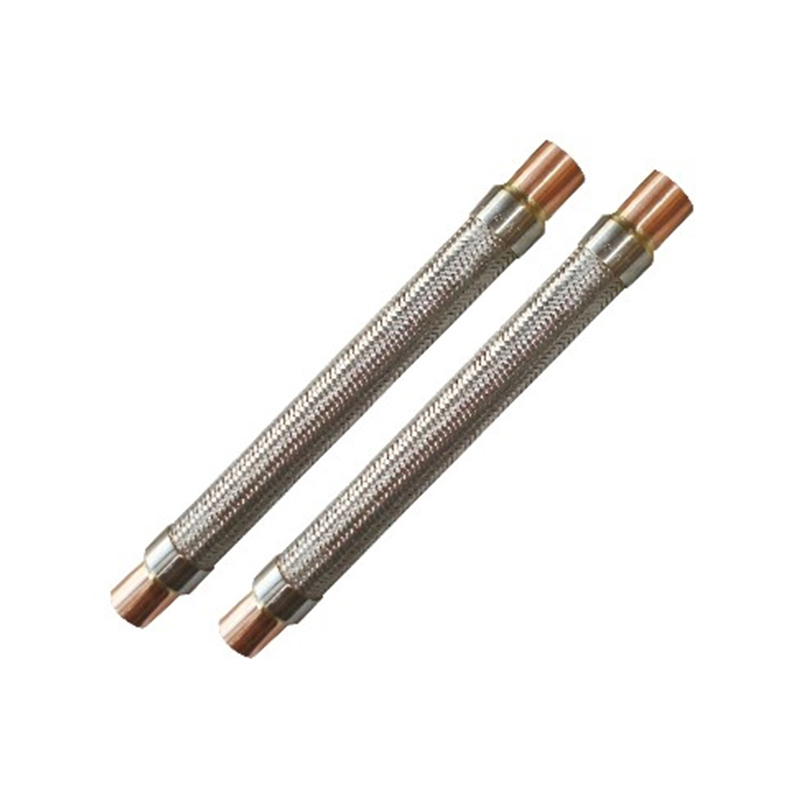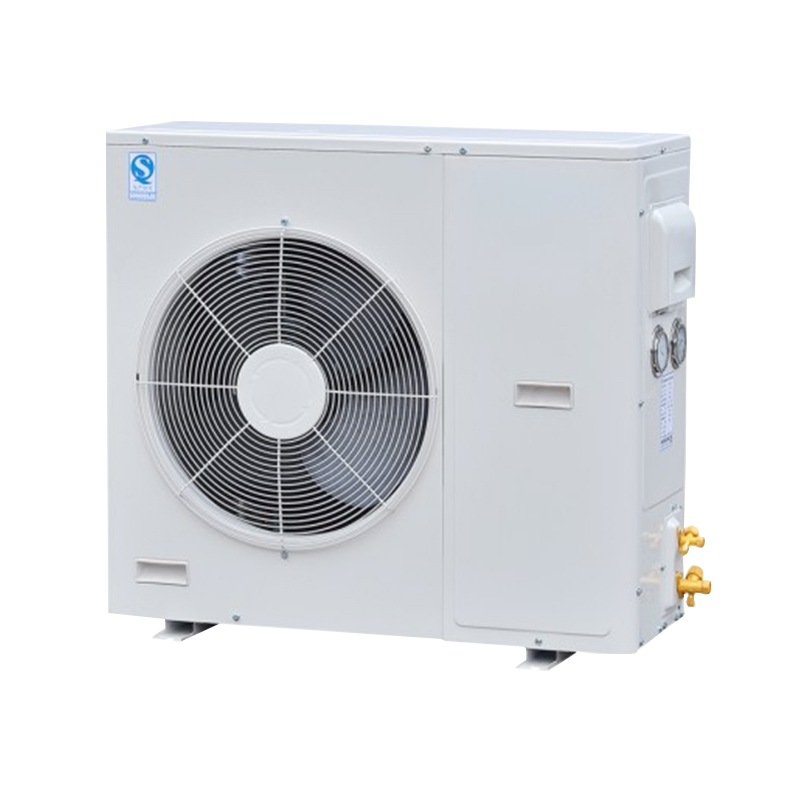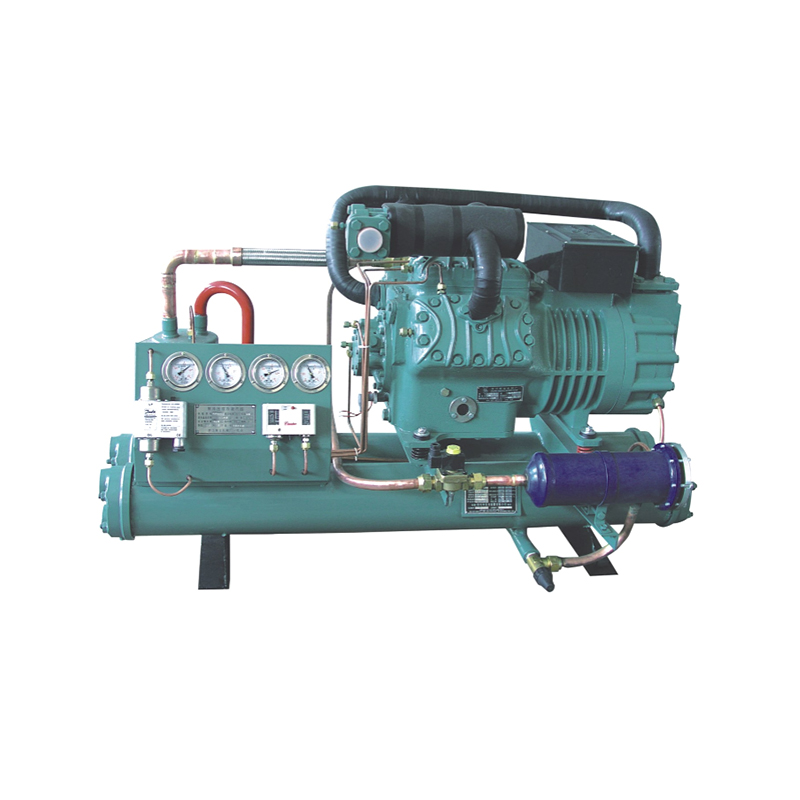The H-type air-cooled condenser is a key component widely used in industrial refrigeration and HVAC systems. Its main function is to cool the gaseous refrigerant to a liquid state to complete the refrigeration cycle. Structural design plays a decisive role in the heat dissipation effect and energy consumption efficiency of the condenser. Reasonable structural design can not only improve heat dissipation efficiency, but also significantly reduce energy consumption and extend the service life of the equipment. This article will discuss the structural design of the H-type air-cooled condenser and its impact on heat dissipation and energy consumption.
1. Basic structural characteristics of H-type air-cooled condenser
H-type air-cooled condensers usually adopt a horizontally arranged "parallel flow" design, which is mainly composed of condenser tubes, fins, fans and brackets. This structural design enables airflow to pass quickly through the tube bundle and achieves efficient heat transfer between the fins and condenser tubes. The H-shaped design can maximize the air contact area and improve heat dissipation efficiency. In addition, the H-type condenser is modular and can be flexibly configured according to specific cooling needs and space.
2. The impact of condenser tube and fin design on heat dissipation
2.1 Condenser tube material and diameter
The condensation tube is the core heat dissipation component of the H-type air-cooled condenser. The material, diameter and arrangement of the condensation tube directly affect the heat dissipation efficiency.
Condenser tube material: Copper and aluminum are commonly used materials in condensers. Copper has excellent thermal conductivity and is suitable for applications that require efficient heat dissipation; aluminum is relatively lightweight, has slightly lower thermal conductivity, but has a lower cost. Choosing the right materials can strike a balance between cooling effectiveness and cost.
Condenser tube diameter: The smaller the diameter of the condenser tube, the faster the refrigerant flows in the tube, which enhances the heat transfer effect. However, a diameter that is too small may increase pipe resistance, resulting in increased burden on the compressor. Therefore, a reasonable selection of the condenser tube diameter can improve heat transfer efficiency and optimize energy consumption.
2.2 Fin shape and spacing
Fin design is an important factor in improving the heat dissipation efficiency of H-type air-cooled condensers. The function of the fins is to increase the surface area in contact with the air and speed up the heat dissipation.
Fin shape: Modern H-type air-cooled condensers often use wavy, zigzag or flat fins. Wavy and zigzag fins can disturb the air flow, enhance the convection effect, and help improve heat dissipation efficiency.
Fin spacing: Fin spacing directly affects the resistance of air flow through the condenser. If the spacing is too narrow, dust will accumulate easily, affecting the heat dissipation effect and air volume; if the spacing is too large, the heat dissipation area will be reduced. Proper fin spacing ensures smooth passage of air while maximizing heat dissipation.
3. Fan configuration and energy consumption optimization
The fan is an important power component in the H-type air-cooled condenser, and its efficiency directly affects the energy consumption and heat dissipation performance of the entire condensing system.
3.1 Number and location of fans
The number and location of fans have a significant impact on the heat dissipation effect of the H-type condenser. Proper fan placement ensures that the airflow evenly covers the entire condenser surface.
Number of fans: Increasing the number of fans can increase air flow and improve heat dissipation efficiency. However, too many fans will increase energy consumption and even affect the heat dissipation balance of other components.
Fan location: The fan is usually located above or to the side of the condenser to ensure airflow through the condenser and remove heat. Well-designed fan positions optimize cooling performance by allowing airflow to flow evenly through each condenser tube and fin, avoiding the formation of "hot" or "cold-spot" areas.
3.2 Fan speed control
When temperature and cooling requirements change, unnecessary energy consumption can be effectively reduced by intelligently controlling fan speed.
Variable frequency control: The variable frequency fan adjusts the wind speed according to changes in condensation temperature, effectively reducing unnecessary power consumption and improving energy efficiency. The fan speed will be reduced when the load is low, thereby significantly saving energy; when the load increases, the fan will speed up to ensure the cooling effect.
Temperature control technology: Some H-type air-cooled condensers are equipped with temperature control sensors that can sense the condensing temperature and automatically adjust fan speed and operating time. This not only extends the life of the fan, but also avoids excessive energy consumption.
4. The impact of modular structure on flexibility
The modular structure design of the H-type air-cooled condenser allows for flexible configuration according to heat dissipation requirements and installation space. The modular design helps optimize heat dissipation in a limited space while reducing the energy consumption of the device.
Multi-module parallel operation: By running multiple condensation modules in parallel, the load of each module can be reduced while ensuring the overall heat dissipation effect, thereby saving energy and reducing the wear and tear of a single module.
Single module switching: Some modular condenser systems can achieve partial module shutdown. For example, under low load conditions, only some condensation modules can be turned on to reduce the number of fans and energy consumption to achieve energy-saving operation.
5. The impact of H-shaped structure on airflow distribution
The H-shaped design structure allows air to flow through the condenser evenly through parallel flow, effectively enhancing the distribution of air flow.
Parallel flow design: By adopting a parallel flow structure, the condenser can ensure even distribution of air flow and avoid local high temperature areas caused by uneven air flow rates. This structure can improve the overall heat transfer efficiency of the condenser and reduce energy consumption.
Baffle design: Some H-type air-cooled condensers will add baffles to ensure that the air flow is reasonably guided and to prevent the air flow from being biased to a certain part. The addition of baffles allows the condenser to improve heat dissipation without increasing energy consumption.
6. Impact of structural design on maintenance requirements
The structural design of the H-type air-cooled condenser also directly affects its maintenance convenience and maintenance costs. Proper design can reduce the risk of dirt accumulation and extend the service life of the equipment.
Removable design: Some H-type condensers are designed with removable fins or condenser tubes for easy cleaning and maintenance, thereby avoiding dust accumulation that affects the heat dissipation effect.
Automatic cleaning device: Some H-type condensers are equipped with an automatic cleaning function to regularly remove dust on the fins and condenser tubes to ensure smooth air flow and maintain a high level of heat dissipation efficiency. This design reduces maintenance requirements, thereby saving energy.
